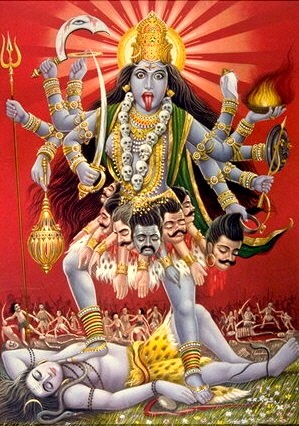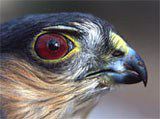Eyes
/ I went to two parties after teaching all morning yesterday, so I haven't had time to edit all the comments in moderation. Sorry I'll get to it soon.
I went to two parties after teaching all morning yesterday, so I haven't had time to edit all the comments in moderation. Sorry I'll get to it soon.On the way home from one of the parties Sarah, the possible future mother of my possible future children, said people at the party were laughing about how I used my eyes. Apparently there was a certain woman I consciously, or unconsciously, did not want to talk to--and everyone knew this by looking at my eyes. Fortunately, this particular woman also had a sense of humor and made a lot of jokes about it.
George Xu once said that many fights are determined by the eyes before the fight even starts. Bing Gong taught me to begin a Shaolin form standing still, looking far into the distance, then drawing everything I see into my eyes, then down to my feet at which point I should lift my foot, stamp the ground and sink; this will bring the shen (spirit) to the top of the head.
It is a very effective way to start a performance.
Bing also taught me to relax and "soften" my focus while doing standing meditation and while doing the Guang Ping Yang Style Taijiquan form. This means that when something enters your field of vision, your eyes do not track or latch on to it.
Years ago, George Xu talked about developing "killer yi." Yi, which roughly translates as intentionality, can be partially read by looking into someones eyes. At the time I understood "killer yi" to mean your gaze should pierce your opponent very much in the literary sense of, "if looks could kill!"
He now says, "Your eyes should drawn-in the distance the way a predator's eyes do.
 When you move forward, you should have the feeling that objects- people, rocks, trees- are being drawn-in toward you, not that you are getting closer to them." (I'm paraphrasing here.)
When you move forward, you should have the feeling that objects- people, rocks, trees- are being drawn-in toward you, not that you are getting closer to them." (I'm paraphrasing here.)I interviewed a street-level assassin once who was trying to get out of the business. He was beaten often as a child. He said that when he got involved in acts of violence he would remember the very beginning, entering a space, seeing a car pull up, and then he would remember surveying the carnage as he left. But he rarely remembered actually fighting or killing. He would in some sense black-out. His eyes were like deep pits. You could look into them but he neither appeared to be looking straight at you, nor did he appear to be avoiding your gaze.
It is clear to me that this brutalized gaze is what Chinese martial arts is, at its core, trying to avoid.
I learned eight distinct different uses of the eyes in my baguazhang training, which will be the subject of a future video and blog post.
